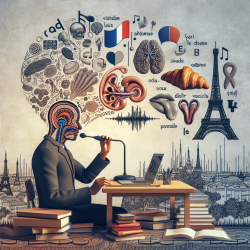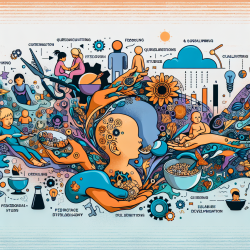As practitioners in the field of speech and language therapy, it's essential to continually refine our strategies and approaches to support language development. A deeper understanding of how children acquire language can significantly enhance our therapeutic practices. In this context, the research presented in "The Acquisition of French as a Native Language: Structural and Functional Determinants in a Crosslinguistic Perspective" by Maya Hickmann offers valuable insights.
The study provides a comprehensive overview of the structural and functional aspects influencing the acquisition of French as a native language. It highlights the importance of considering both universal and language-specific mechanisms in language development. For practitioners, this dual focus is crucial in tailoring therapy to meet the unique needs of children learning different languages.
One key takeaway from the research is the role of morphological and syntactic knowledge in language acquisition. French, for instance, has specific morphological markers for gender, number, and tense, which are integral to sentence construction and meaning. Understanding these markers and their acquisition timeline can help therapists design activities that reinforce these linguistic structures.
Additionally, the study emphasizes the impact of discourse organization on language acquisition. The use of narrative structures, the introduction of new topics, and the maintenance of referential cohesion are aspects that children learning French must navigate. Speech therapists can leverage this knowledge by incorporating storytelling and narrative-based activities that challenge and develop these skills.
The crosslinguistic perspective of Hickmann's research also sheds light on the differences and similarities in language acquisition processes across languages. This is particularly relevant for therapists working in multilingual settings or with children learning multiple languages. By understanding the specific challenges associated with each language, therapists can provide more effective support.
In conclusion, Hickmann's research underscores the complexity of language acquisition and the need for a nuanced approach in language therapy. By integrating these research findings into practice, speech and language therapists can enhance their techniques, making therapy more engaging and effective for children learning French as their native language. For those interested in delving deeper into the structural and functional determinants of language acquisition, Hickmann's study is an invaluable resource.
To read the original research paper, please follow this link: The Acquisition of French as a Native Language: Structural and Functional Determinants in a Crosslinguistic Perspective.










